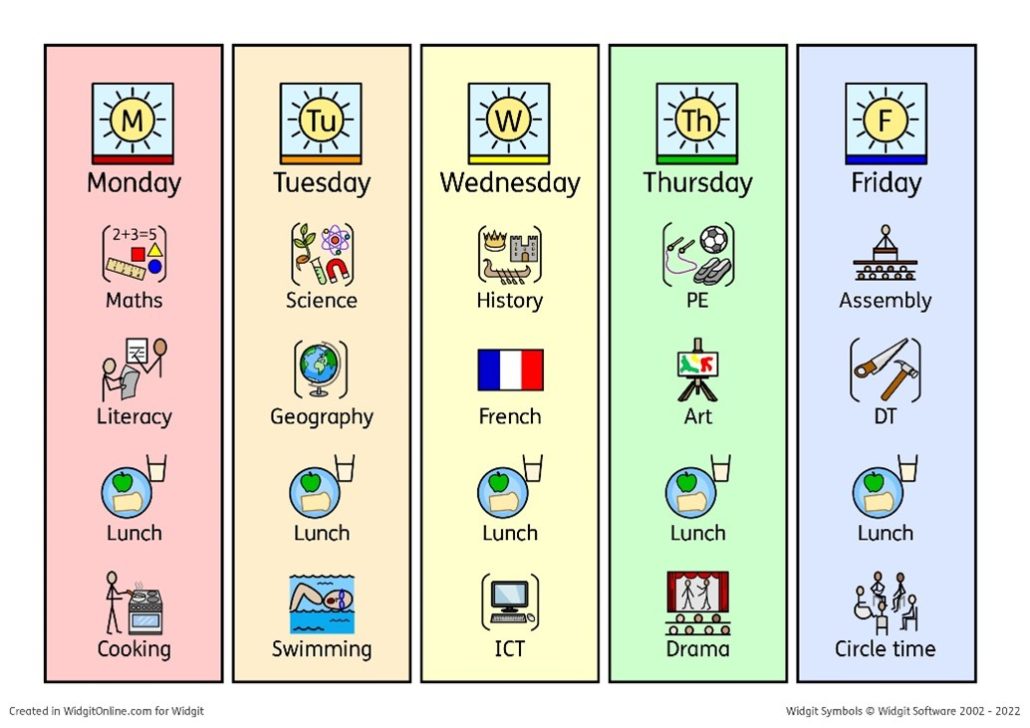Could speech and language issues be behind a child’s challenging behaviour?

Communication needs can be a root cause of behavioural incidences in school.
It’s Monday morning and you’ve asked your pupils to get their English books out then sit down ready to start a lesson on writing poems, but there are a small group of children who are still in the cloakroom chatting about what they did at the weekend.
Despite repeating the instructions several times, nothing seems to be prompting the pupils to stop what they are doing and prepare for the lesson. You ask your TA to go over and quietly emphasise the request, but one of the children starts knocking chairs over.
Is the child simply misbehaving, or could it be that they have not had enough time to process or understand what they have been asked to do?
A recent study from the Education Endowment Foundation suggests that 76% of children starting school in 2020 required more support in their communication than in previous years. Lockdowns, it tells us, widened the gap in vocabulary acquisition, which could make it more difficult for a child to decipher spoken and written language.
Behaviour that might at first look like disinterest or refusal to engage, could in fact indicate the need for additional measures to be put in place to support communication. One way to do this quickly and simply is with visual aids.
Making vocabulary visual
Verbal instructions are likely to disappear instantly into the ether for a child who lacks key vocabulary.
Visual aids can support children to better understand the structure of a lesson, as well as grasp expectations. They can also provide reassurance for those pupils who may struggle to navigate a new topic or routine.
The best way to utilise visual aids is to use symbols to represent spoken language. This helps learners focus on the information they need to follow instructions. A symbol of an ear, for example, helps to explain quickly and clearly to children that they are being asked to listen. The instruction can still be given verbally, the symbol will simply reinforce it in a very visual way for children with limited vocabulary.
Here are two effective ways to use symbols to boost pupil engagement and encourage positive behaviour in school.
Providing the reassurance of a visual timetables
Visual timetables are important tools for making routines and expectations clear. For many children, having a predictable visual routine for the school day can ease anxiety and reduce the chances of disruptive behaviour during transitions.
A lesson timetable that includes symbols for each subject gives children with limited vocabulary a quick and easy way to see what activities and learning breaks are coming up next, helping them to be more self-sufficient in school. Visual timetables also support the development of skills such as sequencing and time awareness.
By making timetables more visual, schools can lessen the frustration, anxiety and confusion some children experience when they are unsure of what they are supposed to be doing and when. Symbolic timetables also eliminate the pressure on children to interpret written text quickly, so they are more likely to be able to stay focussed and learn effectively.

Helping children to express emotions
A child who feels overwhelmed or angry will struggle to access the high level thinking they need to process new information. Being able to easily explain feelings like these to a relevant adult can make the difference between potential classroom disruption and an engaged pupil.
Having a visual chart that represents a range of emotions can be of huge help to children who find it difficult to verbalise how they are feeling. An emotion chart can be easily accessible to a child at all times, allowing them to point to a specific feeling to give context to their behaviour and enable a teacher to help.
Visual charts can also promote self-help techniques to help children manage their emotions independently, by counting to ten, deep breathing, or finding an agreed safe space in which to calm down.

Foundations for learning success
Visual symbols are a helpful tool to support all children, not just those identified as needing extra communication support. Including them in your behaviour management toolkit will help to create the happy classroom your pupils need to learn and succeed.
Sue White is a former teacher, SENDCo, local government advisor on education and co-author of Walking the talk: A vocabulary recovery plan for primary schools. In her role as senior educational specialist at Widgit, she advises schools on using symbols to improve learning outcomes.
Twitter: @Widgit_Software

